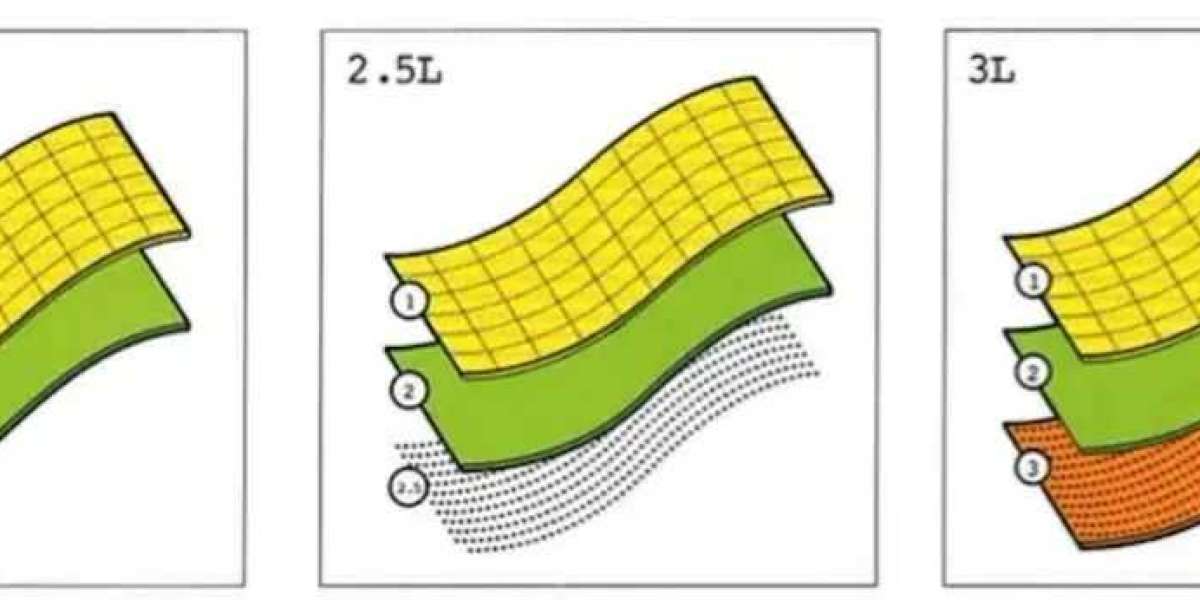In the realm of academic publishing, the presentation of research findings is as crucial as the findings themselves. High-quality figures play a pivotal role in this presentation, serving not only as visual aids but also as essential components that enhance the clarity and impact of research communication. This article delves into the significance of high-quality figures, exploring how they contribute to effective academic discourse.
Understanding High-Quality Figures
What exactly constitutes high-quality figures? These figures are characterized by their clarity, precision, and aesthetic appeal. They can include graphs, charts, illustrations, and photographs that convey complex information in an easily digestible format. When researchers utilize high-quality figures, they facilitate a better understanding of their work, allowing readers to grasp intricate concepts quickly.
The Role of Visuals in Research Communication
Visuals serve multiple functions in academic publishing. They:
- Enhance comprehension by breaking down complex data.
- Engage readers, making the content more appealing.
- Support arguments by providing visual evidence.
- Facilitate quicker information retrieval, allowing readers to locate key points efficiently.
When researchers incorporate high-quality figures, they not only improve the readability of their papers but also increase the likelihood of their work being cited. This is particularly important in a competitive academic landscape where visibility can significantly impact a researcher's career.
Best Practices for Creating High-Quality Figures
To ensure that figures meet the standards of high-quality visuals, researchers should consider the following best practices:
- Use high-resolution images to avoid pixelation.
- Choose appropriate color schemes that enhance readability.
- Label axes and legends clearly to provide context.
- Maintain consistency in style and formatting throughout the document.
By adhering to these guidelines, researchers can create figures that not only look professional but also effectively communicate their findings.
Impact on Academic Publishing
The integration of high-quality figures into academic papers has a profound impact on the overall quality of research communication. When figures are well-designed, they can:
- Increase the accessibility of research to a broader audience.
- Encourage interdisciplinary collaboration by making complex ideas more relatable.
- Enhance the overall credibility of the research presented.
In essence, high-quality figures are not merely decorative elements; they are vital tools that can elevate the standard of academic publishing.
Conclusion
In conclusion, the importance of high-quality figures in academic publishing cannot be overstated. They enhance research communication, making complex information more accessible and engaging. By investing time and effort into creating high-quality figures, researchers can significantly improve the impact of their work. As the academic landscape continues to evolve, the role of visuals will undoubtedly become even more critical in conveying research findings effectively.








